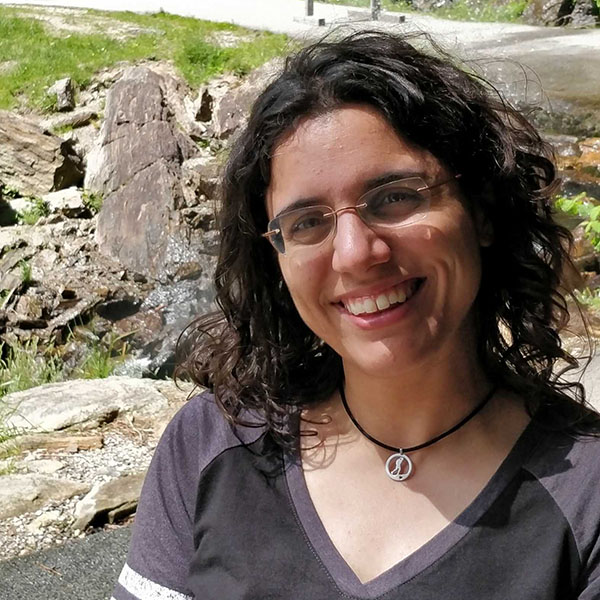Laura is a developer advocate at LogDNA. (Read more about Laura)
Giving a talk entitled Legacy Is A Frame Of Mind
What is the biggest improvement you’ve seen on engineering teams after they’ve implemented CI/CD?
Probably the biggest thing I see is an enforced discussion of the rationale of changes. No one is immune to the required testing and review of a good CI/CD pipeline. As a result, junior devs are given the opportunity to ask questions, just as a senior dev is given the opportunity to mentor.
What excites you the most about your talk?
I don’t think there’s a lot of discussion around handling legacy applications and their pipelines. We’re at that same point where, after a technology has been adopted and systems built, the original knowledge or original rationale for some systems at a company has been lost. Just like taking on a legacy application can require some time to understand how it is put together, anyone taking on a legacy pipeline will need to think through how such a pipeline is put together. You don’t necessarily need to rewrite such a pipeline in the newest, latest, and greatest platform du jour, as tempting as it is; a solid legacy pipeline can be just as valuable for a team needing to keep moving as a shiny new one.
What do you think will be the biggest change in CI/CD over the next 3-5 years?
I think we’re going to see a greater emphasis on security across the pipeline. As we deploy across more datacenters and systems, we’re going to see more data coming in as well, providing feedback to demonstrate where our pipelines are vulnerable. We’re going to need automated security enforcement and earlier alerts along pipelines to ensure our systems stay secure as we use common APIs, shared infrastructures, and disparate codebases.
